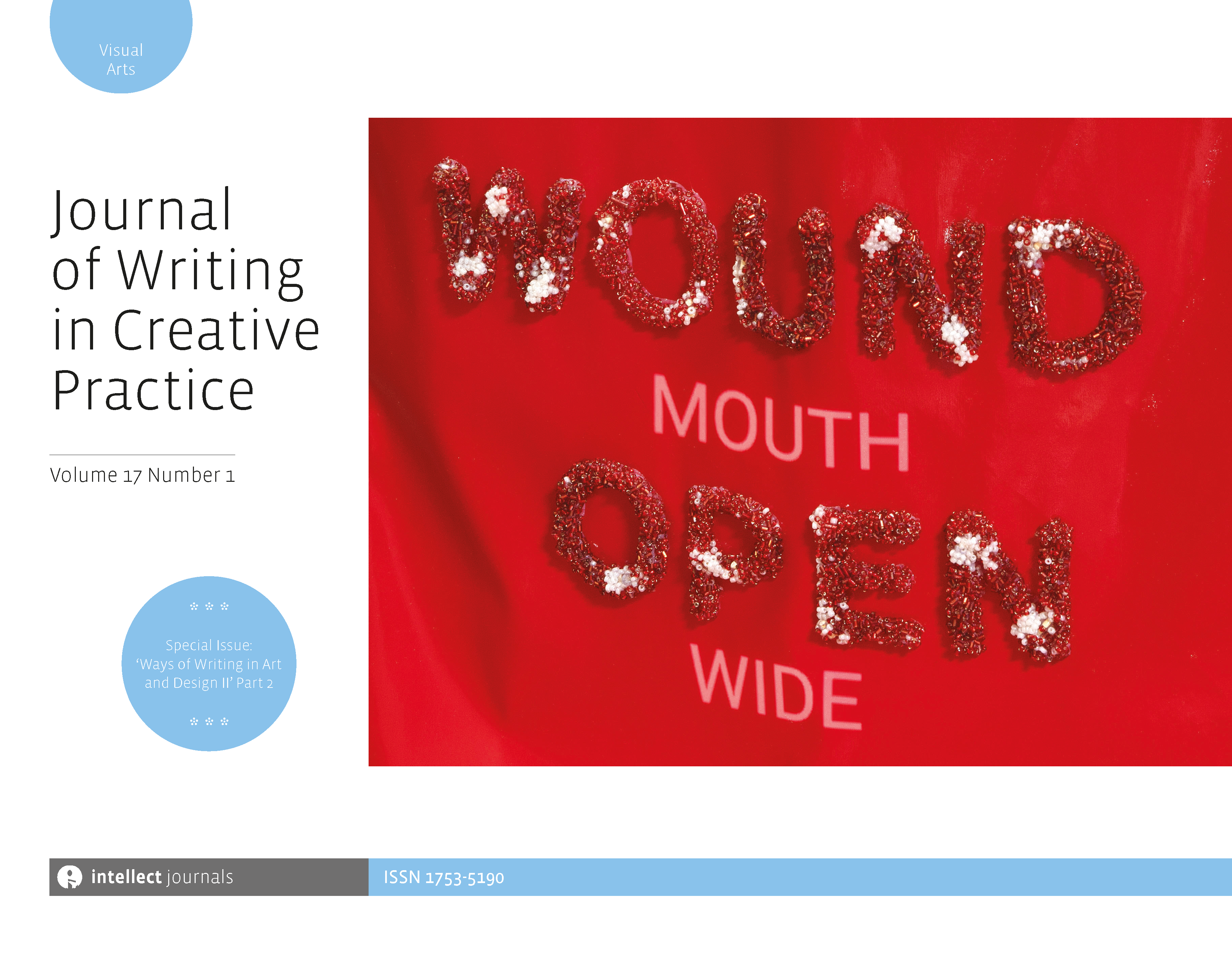
Full text loading...

This article considers the journeys of three design students who produced graphic memoirs as a component of their postgraduate theses. Following a preliminary consideration of the nature of the graphic memoir as a form of artistic inquiry, the article discusses unique challenges to thesis supervision that the creation of such texts can pose, including the scale and complexity of the undertaking, the emotional cost to the candidate, and wider ethical concerns surrounding the representation of the self and others.

Article metrics loading...

Full text loading...
References


Data & Media loading...

Publication Date:
https://doi.org/10.1386/jwcp_00044_1 Published content will be available immediately after check-out or when it is released in case of a pre-order. Please make sure to be logged in to see all available purchase options.